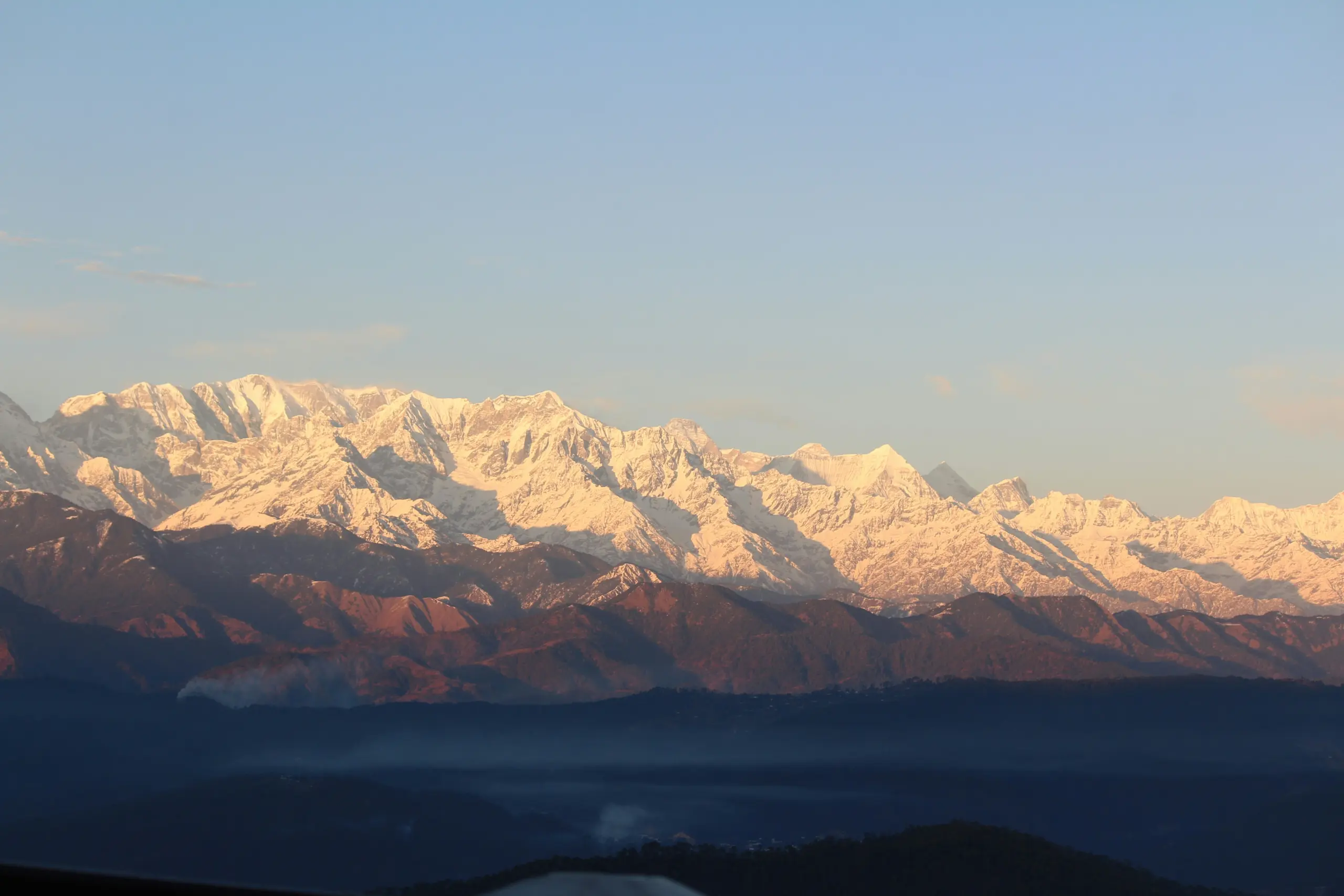Meeting the Ghost of the Mountains
High in the Indian Himalayas, in a wild place called Hemis National Park, lives one of the world’s most elusive animals — the snow leopard. Locals call it shan, and for centuries, people here feared it. The snow leopard hunted their goats and sheep, and in return, it was hunted too. But things are changing.
Today, people travel from all over the world to Ladakh for a chance to see this mysterious cat. What’s even more surprising? It’s the local communities — once in conflict with the snow leopard — who now protect it.
From Villain to Treasure
Just 20 years ago, snow leopards were mostly seen as a problem. They attacked livestock, and many herders saw no choice but to fight back. But instead of just trying to punish people for harming the cats, conservationists came in with a different idea: work with the communities, not against them.
Groups like the Snow Leopard Conservancy India Trust started small. They helped villagers build strong night shelters to protect animals from predators. They also created insurance programs so families could be paid if they lost a goat or yak.
Then came something bigger — snow leopard tourism.
In villages like Ulley and Rumbak, travelers began staying in local homes. They came for the snow leopards, but they also brought money, interest, and respect. Herders became guides. Grandmothers became hosts. And snow leopards? They became a reason to protect the mountains, not fear them.

Tourism That Gives Back
Unlike busy safari parks, snow leopard tourism is slow, quiet, and deeply connected to local life. You stay in homestays, eat homemade food, and spend days hiking cold valleys with local guides, scanning the cliffs for a flicker of spotted fur.
And this isn’t just a nice experience — it’s powerful conservation.
Organizations like Voygr Expeditions and Nature Conservation Foundation train local youth as trackers. Some earn enough during the winter season to support their families year-round. A recent study showed that snow leopard tourism can increase household income by up to 50%.
Even better? Locals now see snow leopards as part of their identity. Kids grow up hearing stories of the shan, and elders speak proudly about protecting their homeland.
As one guide told me, “Tourism didn’t just bring money. It brought pride.”

Why It Matters
There are still fewer than 700 snow leopards in India, and they face real threats — from climate change to shrinking habitat. But the story of Hemis shows what’s possible.
This is regenerative tourism in action — where travel doesn’t just avoid harm, but helps places heal. It supports nature. It supports culture. It creates bonds between people who may never have met otherwise.
When you visit a place like this, you’re not just looking for a rare animal. You’re part of something bigger — a quiet movement where nature, people, and visitors all win together.
If You Go
- Best Time: January to March (when snow leopards descend to lower altitudes)
- Where to Stay: Community-run homestays in Ulley, Rumbak, and other villages
- What to Expect: Cold weather, breathtaking landscapes, patient tracking, and warm Ladakhi hospitality
- Who to Book With: Look for ethical operators like Voygr Expeditions, Global Himalayan Expedition, or community-based programs supported by the Snow Leopard Conservancy

